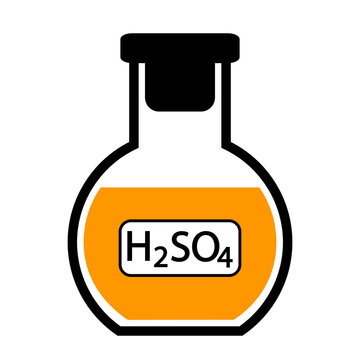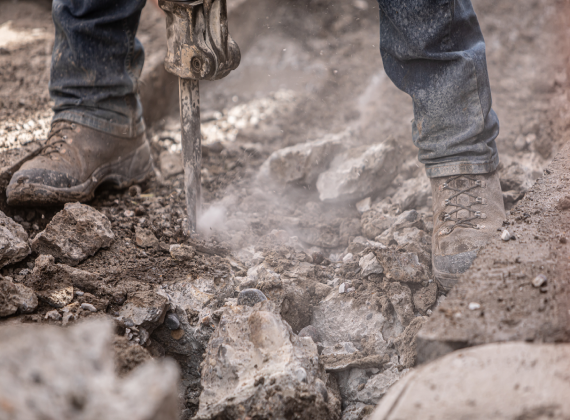
About Us
We are SKK Minerals:
We are SKK Minerals, a chief exporter of Barite from India, with our registered office at Chennai. SKK Minerals came into existence as a result of the combined effort of our dynamic leaders. We are professionals with rich experience in Mining and Allied products. SKK Minerals has evolved a lot in its journey, yet the Core Values remain the same over the years---to be part of the world’s transition, inspire humanity in all aspects, and thus be a customer-centric company.
Meet The Sculptures Of SKK Minerals:
At SKK Minerals, our entire process begins with mining Barite from various deposits of India. We then extract Barite lumps and feed them into the dedicated pulverizing unit. Once we get the Barite powder, we categorize the grade and pack them for our valuable customers.
We supply high-grade Barite to various countries, especially the Gulf countries.
Read More
01 PULVERIZING UNIT
An exclusive unit for pulverizing the extracted Barite lumps. The Barite lumps are loaded into the pulverizers and ground to the desired size. The pulverizing unit has an extensive range of equipment to process Barite at different stages.

02 APPLICATIONS OF BARITE
The Barite we deliver can be used for oil drilling, offshore drilling, and in the manufacturing of paper, paints, and medical equipment. SKK minerals procure Barite directly from the mines of India and offer an extensive range of grades: 3.9, 4.0, 4.1, 4.2, and 4.3; thus, fulfilling customer’s requirements

03 BARITE EXTRACTION
The expedition of Barite begins here. Once we have procured Barite from different mines, they are ready to get into the extraction process. Our extraction process involves various stages.

04 LOADING PACKAGES INTO CONTAINERS
Our packaging unit takes care of the final preparation before transportation. The end product---Barite Powder---is then packed into airtight bags and gauged. The packages are finally loaded into the containers for shipment.
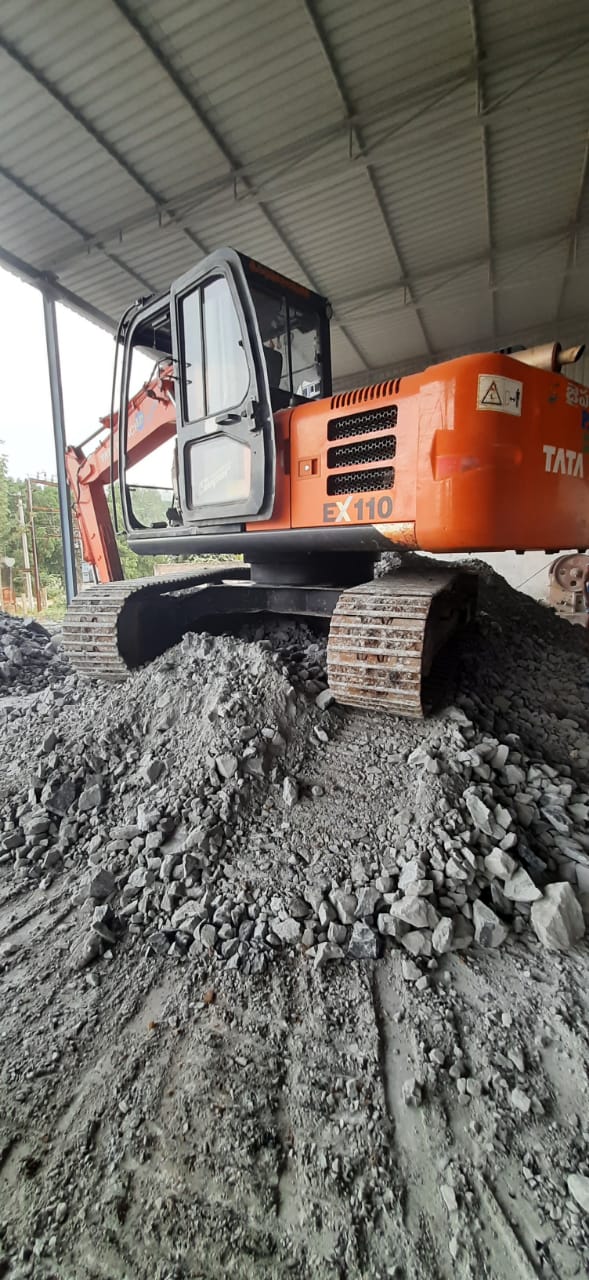
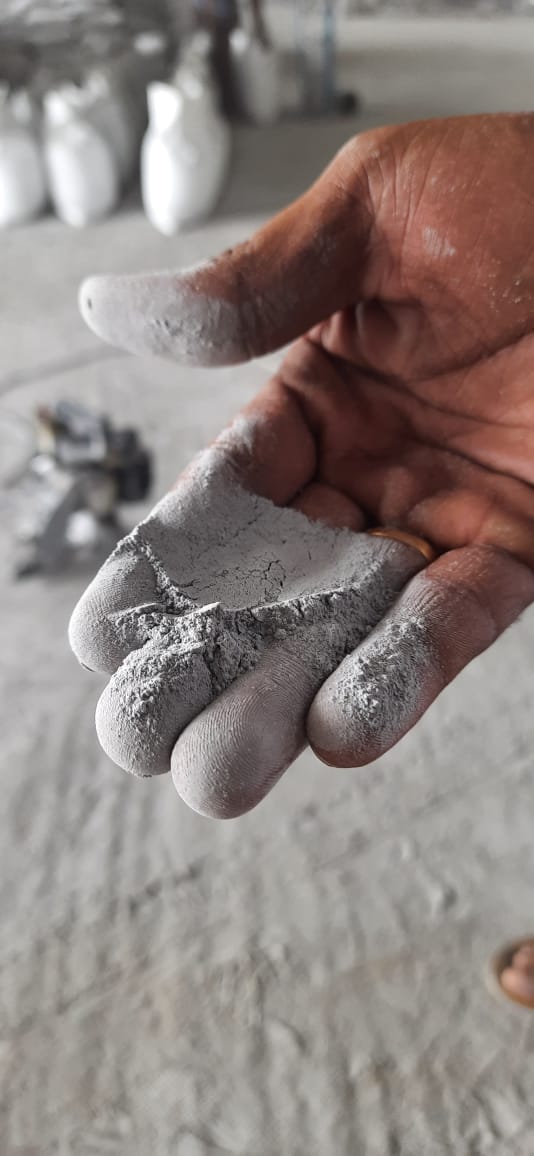
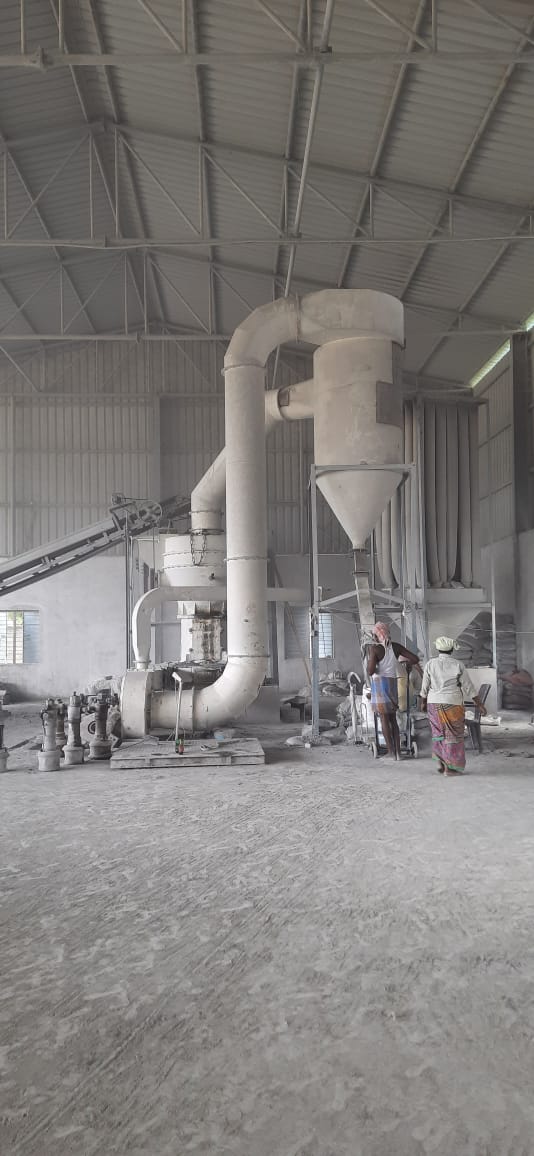
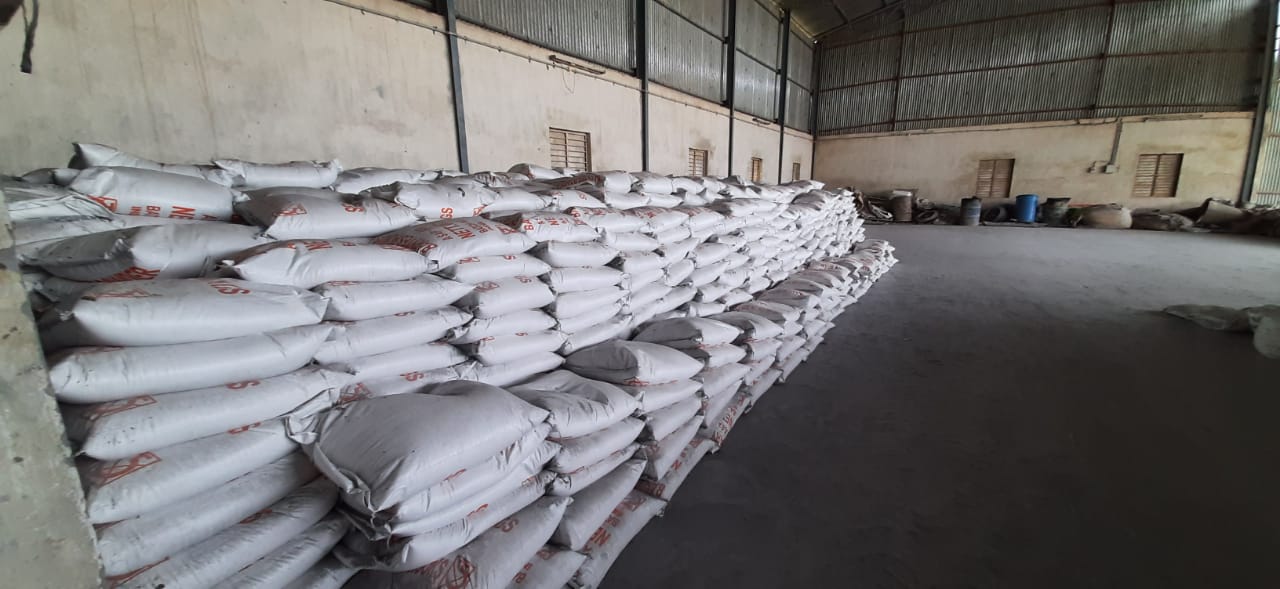
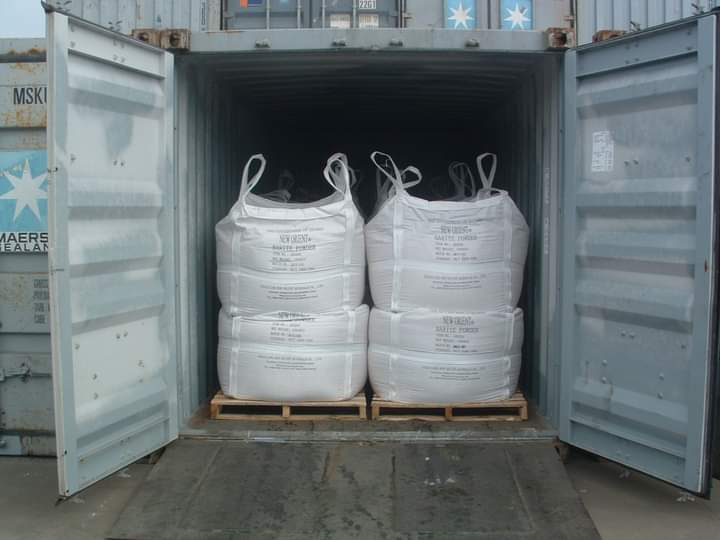
 United States
United States Canada
Canada China
China France
France Germany
Germany India
India Iran
Iran Kazakhstan
Kazakhstan Mexico
Mexico Morocco
Morocco Thailand
Thailand Turkey
Turkey United Kingdom
United Kingdom Other Countries
Other Countries World Total
World Total
